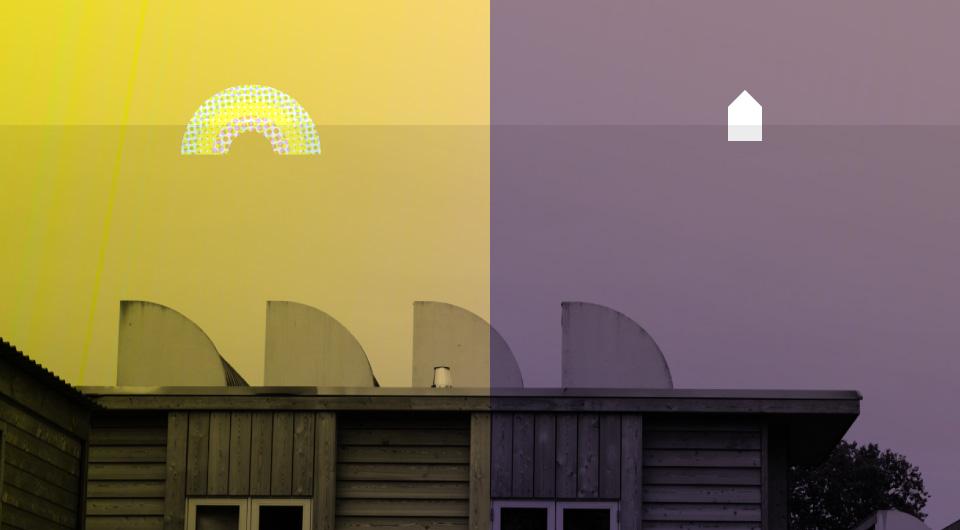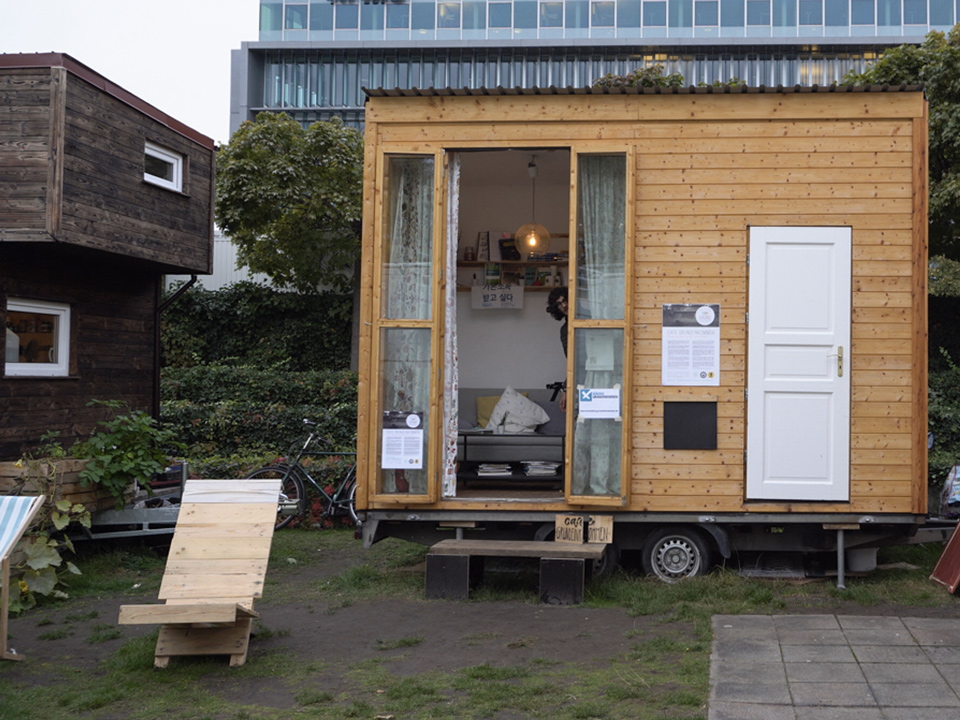Fifty-five days, five countries and five alphabets
When we planned our trip, it was clear in our minds that we wanted to immerse ourselves in something different and wanted plunge into diversity. And we definitely succeeded!
Something different:
We developed our itinerary choosing countries, and in fact a whole part of the world, that neither of us had visited before. Countries with a completely different history and culture from Italy’s and Europe’s. So different, indeed, that not only the languages there (here!) are different but the alphabets too!
For people, like us, who are used to travel in Europe and in continents, like the Americas or Africa, where the writing culture has been introduced or formalised or taken on by Europeans, travelling across Asia is a completely different experience. Luckily, there is a translation function in WeChat and we had Google translator app to assist us :-)
Diversity:
We travelled to Berlin, Germany; then Warsaw, Poland; then all the way across Russia from Moscow to Ulan Ude; then we moved south across Mongolia; and we continued across China, designing a circle (an “O”?!). Little by little, we got further and further away from our references. But the great thing was that all changed around us gradually. Including our references.
The transition from the Latin alphabet, used in Germany and Poland, to the Cyrillic alphabet, used in Russia, is smooth - in both cases, there is one sign per sound and it is somehow easy to pick this up!
In Mongolia, the Cyrillic alphabet, which was only introduced in 1944, cohabits with the traditional Mongolian alphabet. This is written in a top-down fashion with shapes that somehow reminded us of the Arabic writing. One of the highlights of our stay in Mongolia was the lesson we took from a ten-year-old school student on how to write that alphabet.
In China, everything changed. The writing is made of syllables, and syllables have a full meaning on their own. And each of the written sign is quite complex in itself. Once, we took one of our traditional photos with human bodies in sequence in the shape of ABCity.org (soon to be published in our Instagram, where you can find other ones!). We then suggested we would take a photo mimicking the Chinese name of the village… and our hosts said we should call up all of the villagers to make it right. The five of us were not enough people!
On ancient buildings, like those in the Forbidden City or Summer Palace in Beijing, we could still find Mongolian signs and decorative writing. We somehow felt at home!
When we got to Xiahé, Gansu province, we felt amazed by the transition from the Han village (where everything was in Chinese), to the Muslim village (where halal was rigorously written in Arabic!), to the Tibetan village. We only spent a couple of days there. Not enough time to learn much about Tibetan writing, but totally enough to admire the beauty and elegance of it. Written from left to right, letters are aligned on the top.
It has been a beautiful journey through differences and diversity so far. And it has been very rewarding to use these differences and diversity to start a dialogue with the inspiring people we met!
Any thoughts on writing, letters, alphabets, differences and dialogue? Just use the space below. We'd love to hear from you!

